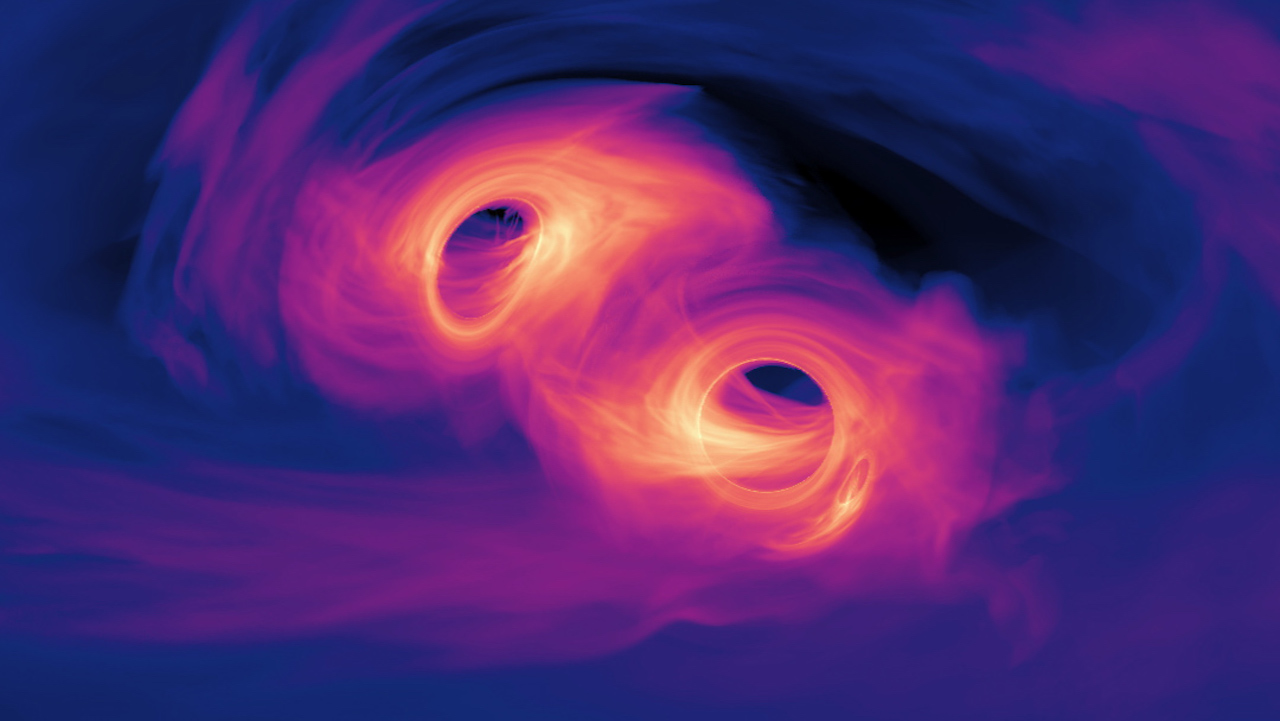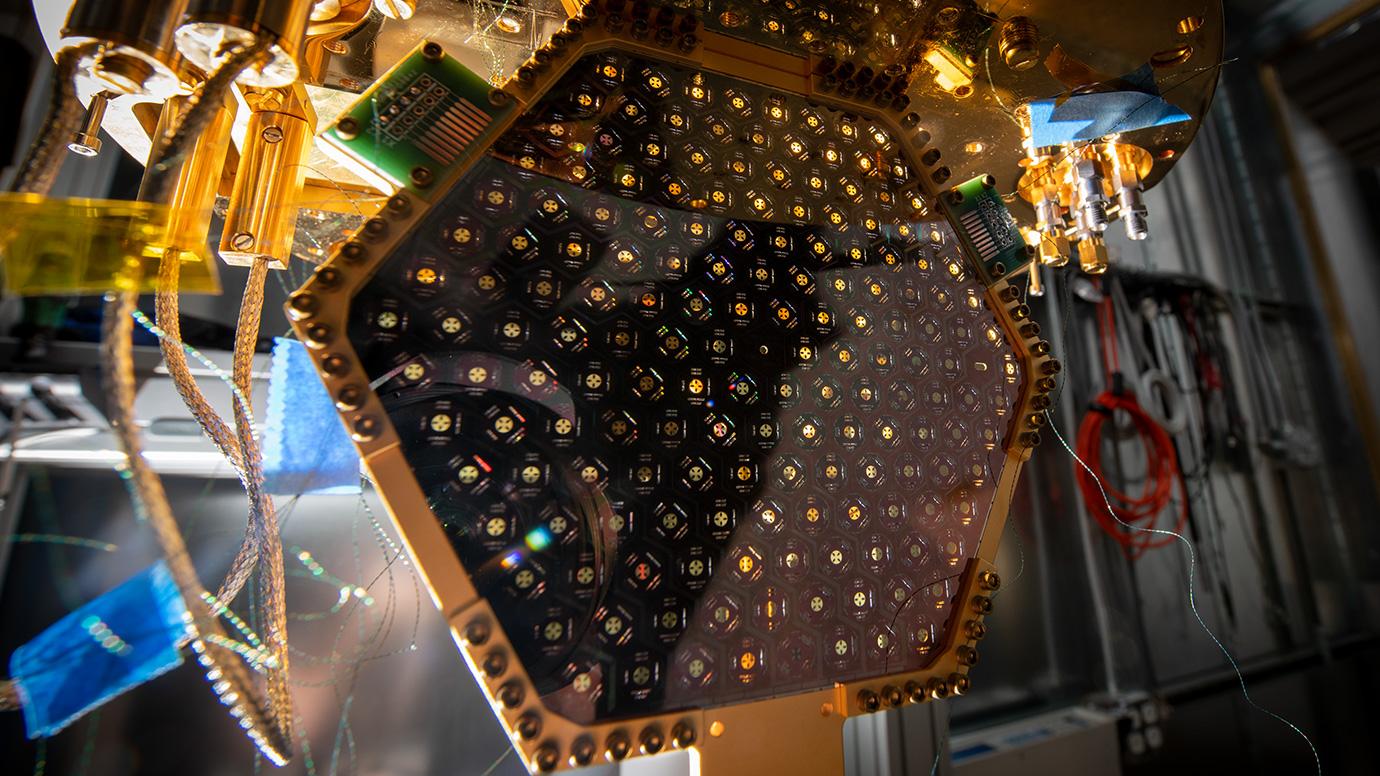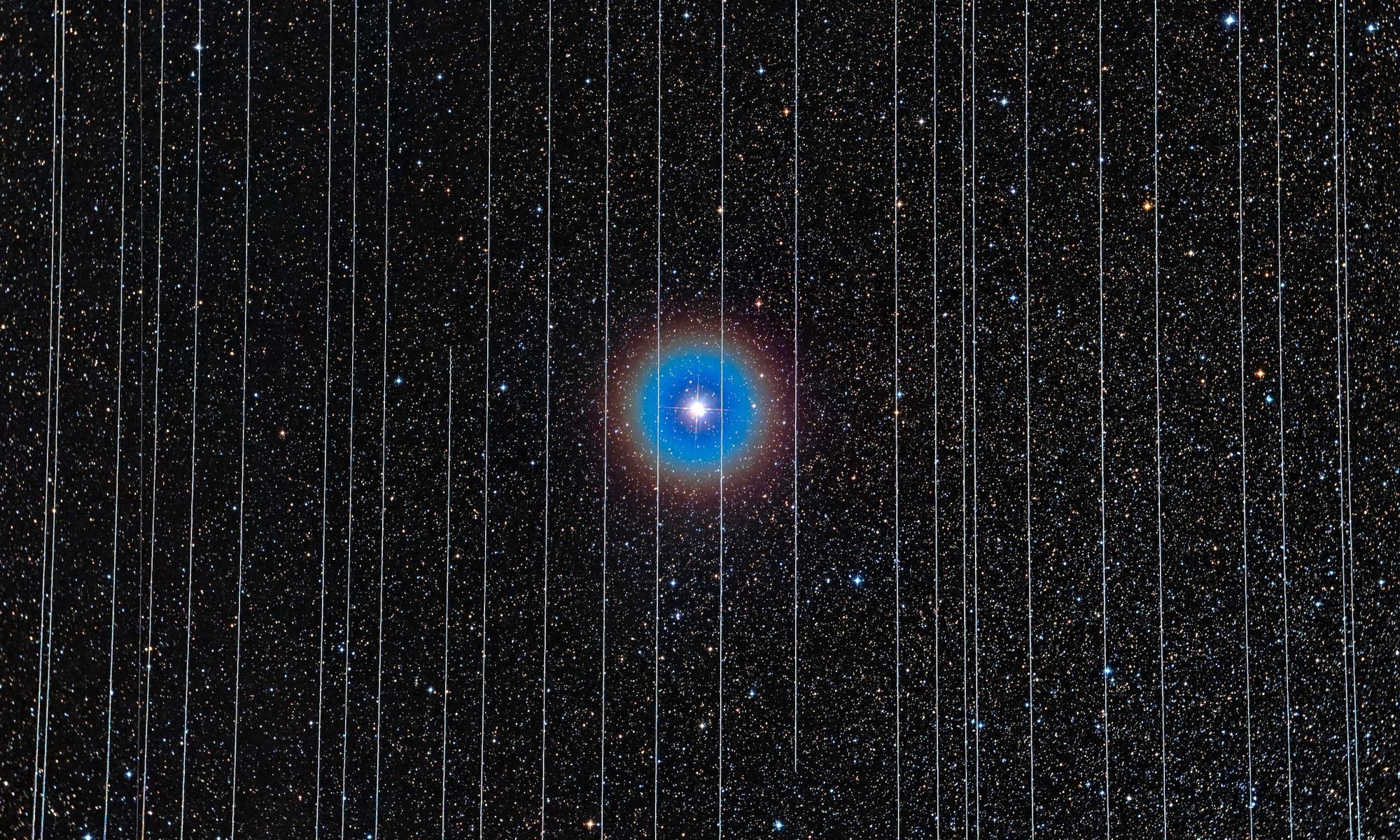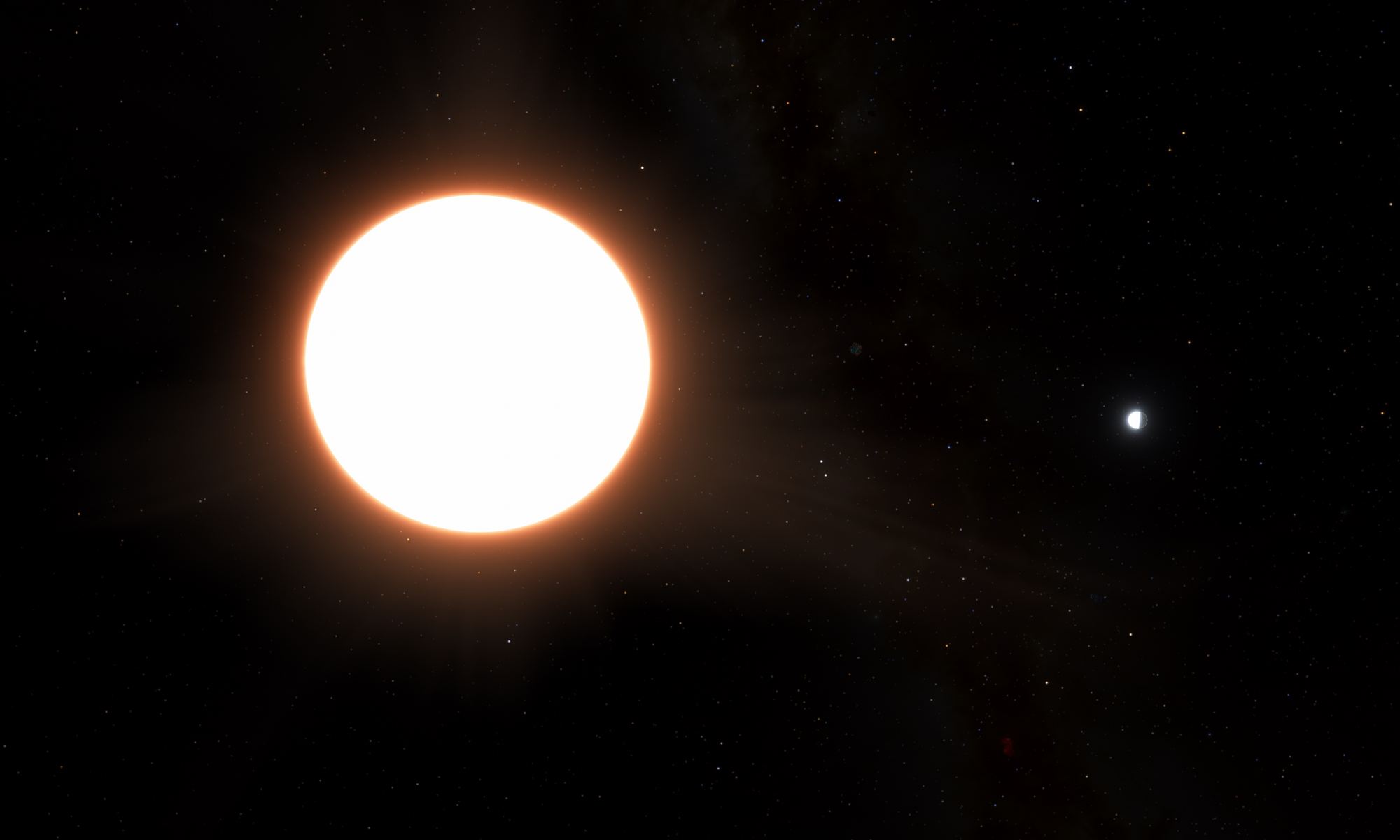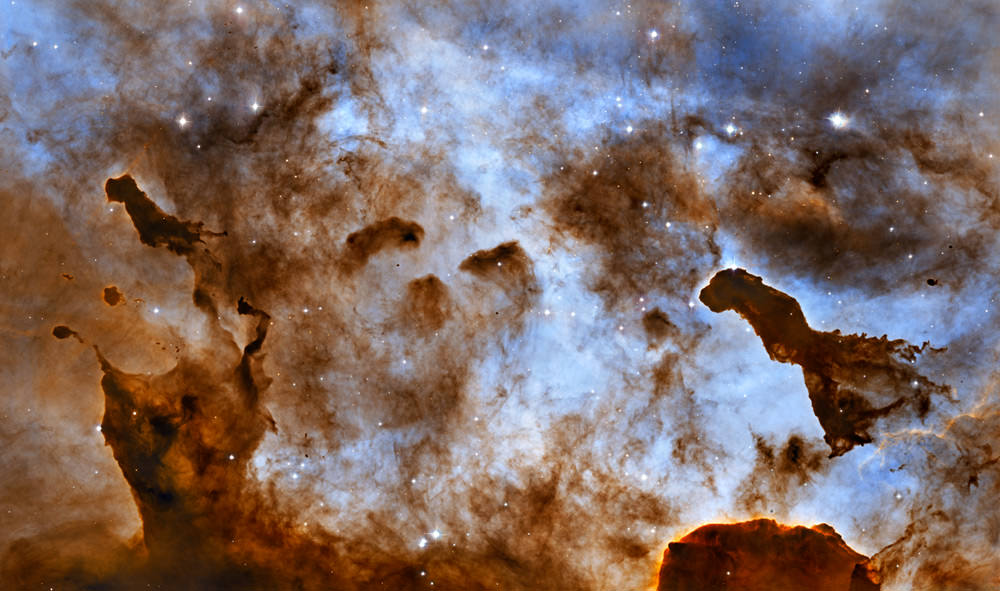The Search for Extraterrestrial Intelligence (SETI) has always been plagued by uncertainty. With only one habitable planet (Earth) and one technologically advanced civilization (humanity) as examples, scientists are still confined to theorizing where other intelligent life forms could be (and what they might be up to). Sixty years later, the answer to Fermi’s famous question (“Where is Everybody?”) remains unanswered. On the plus side, this presents us with many opportunities to hypothesize possible locations, activities, and technosignatures that future observations can test.
One possibility is that the growth of civilizations is limited by the laws of physics and the carrying capacity of the planetary environments – aka. The Percolation Theory Hypothesis. In a recent study, a team from the University of the Philippines Los Banos looked beyond traditional Percolation Theory to consider how civilizations might grow in three different types of Universes (static, dark energy-dominated, and matter-dominated). Their results indicate that, depending on the framework, intelligent life has a finite amount of time to populate the Universe and is likely to do so exponentially.
Continue reading “Civilizations are Probably Spreading Quickly Through the Universe”

